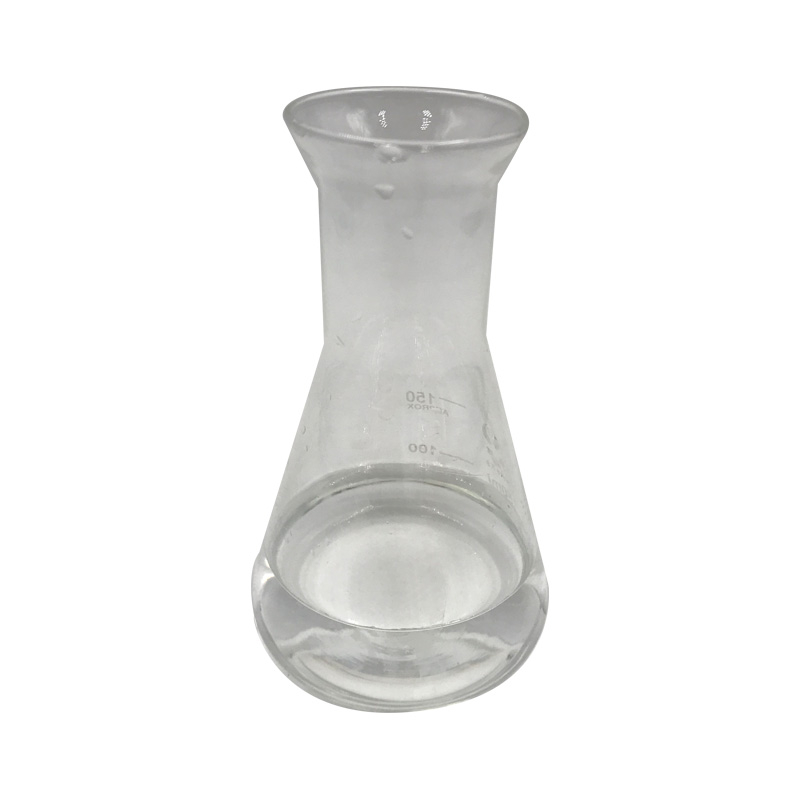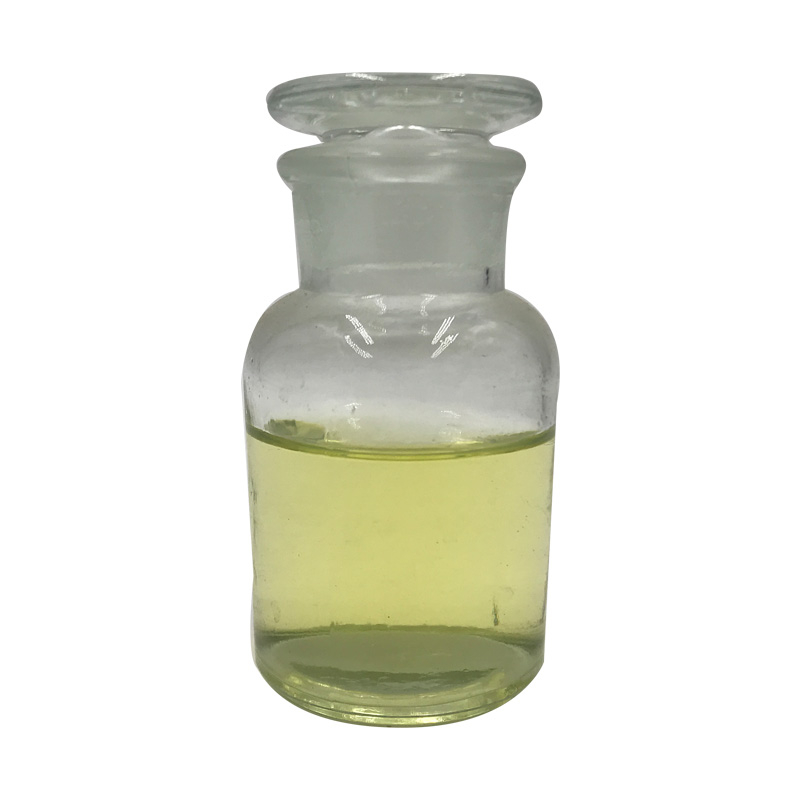Products Description of Ademetionine 1,4-butanedisulfonate CAS#101020-79-5S-Adenosylmethionine 1,4-butanedisulfonate is used to synthesize sulfo-adenosyl-L-methionine (SAMe) salt.Ademetionine 1,4-butanedisulfonate Chemical PropertiesMelting point >48oC (dec.)storage temp. under inert gas (nitrogen or Argon) at 2-8°Csolubility DMSO (Slightly, Heated), Methanol (Slightly), Water (Slightly)form Solidcolor Off-WhiteStability:HygroscopicInChIKeyPVCDYZJGZPCASW-FGEWMKOMNA-MSMILESC(CCCS(O)(=O)=O)S(O)(=O)=O.O[C@@H]1[C@@H]([C@@H](C[S+](C)CC[C@H](N)C(=O)O)O[C@H]1N1C=NC2C(
Contact Now
Products Description of Thiabendazole CAS#148-79-8Thiabendazole is commonly known as Tekodo, Tibilin, Thiobendazole, Thiabendazole, and Thiabendazole. It has the ability to conduct systemically to the top, but not to the base. It has a long lasting effect and has cross-resistance with benzimidazole fungicides. It has inhibitory activity against ascomycetes, basidiomycetes, and deuteromycetes, and is used to prevent and control fungal diseases of various crops and preserve fruits and vegetables.
Contact Now
Products Description of Thiabendazole CAS#148-79-8Thiabendazole is commonly known as Teketol, Thiabendazole, Thiabendazole, Thiabendazole, and Thiabendazole. It has systemic apical conductivity, but cannot conduct to the base. It has a long lasting effect and has cross-resistance with benzimidazole fungicides. It has inhibitory activity against ascomycetes, basidiomycetes and deuteromycetes and is used to prevent and treat various crop fungal diseases and preserve fruits and vegetables.
Contact Now
Products Description of TrichloroethyleneCAS#79-01-6Trichloroethylene (TCE), also known as acetylated trichloroethylene, is a colorless, slightly sweet volatile liquid and a highly soluble solvent. It is insoluble in water but soluble in organic solvents such as ethanol and ether. It is non-flammable under normal conditions.
Contact Now
Products Description of Maltose CAS#69-79-4Maltose is the abbreviation of maltobiose, also known as D-maltose and maltose. A disaccharide formed by connecting, condensing, and dehydrating two molecules of α-D-glucose through α-1,4 glycosidic bonds. There is also a free hemiacetal hydroxyl group in the molecule, which is a reducing sugar. Like glucose, it can make Doron's reagent and Fehling's reagent react positively.
Contact Now
Products Description of 5-Methyl-2-Thiophenecarboxylic Acid CAS#1918-79-25-Methyl-2-Thiophenecarboxylic Acid is a colorless, transparent liquid with a melting point of 136-138°C.5-Methyl-2-Thiophenecarboxylic Acid Chemical PropertiesMelting point 135-138 °C(lit.)Boiling point 229.75°C (rough estimate)density 1.365 (estimate)refractive index 1.5300 (estimate)storage temp. 2-8°C(protect from light)pka3.71±0.10(Predicted)form Liquidcolor ClearBRN 113857CAS DataBase Reference1918-79-2(CAS DataBase Reference)NIST Chemistry Reference5-Methyl-2-thioph
Contact Now
Products Description of Cobalt carbonate CAS#513-79-1Red monoclinic crystals or powder. Almost insoluble in water, alcohol, methyl acetate and ammonia.
Contact Now
Products Description of Dimethyl thio-toluene diamine CAS#106264-79-3DMTDA is a new type of polyurethane elastomer curing crosslinking agent, which mainly contains two isomers, namely a mixture of 2,4- and 2,6-dimethylthiotoluenediamine (the ratio is about 77~80/17~20).
Contact Now
Products Description of DDAO CAS#2605-79-0N,N-Dimethyldecyl-N-amine oxide is an organic compound with a chemical formula of C12H27NO and a molecular weight of 201.35.DDAO Chemical PropertiesMelting point 70 - 73°Cdensity 0.996 g/mL at 20 °Cvapor pressure 0Pa at 25℃refractive index n20/D 1.337storage temp. 2-8°Csolubility Chloroform (Slightly), Methanol (Slightly)form Solidpka4.79±0.40(Predicted)color White to Off-WhiteWater Solubility 409.5g/L at 30℃BRN 2352550InChIKeyZRKZFNZPJKEWPC-UHFFFAOYSA-NLogP0.95 at 20℃CAS DataBa
Contact Now
Products Description of Methyl Tributyl Ammonium Chloride CAS#56375-79-2Methyltributylammonium chloride, also known as tributylmethylammonium chloride, has a molecular formula of C13H30ClN, a molecular weight of 235.84, and a CAS registration number of 56375-79-2.
Contact Now
Products Description of Benzyltributylammonium chloride CAS#23616-79-7Benzyltri-n-butylammonium chloride CAS number: 23616-79-7. Molecular weight: 311.93. LogP: 2.40770. Appearance and properties: white to light yellow crystals.
Contact Now
Products Description of MAA CAS#79-41-4Methacrylic acid is an important chemical raw material. It has two functional groups, carbon-carbon double bonds and carboxylic acid groups, so it can undergo reactions such as polymerization and esterification.
Contact Now
Products Description of Chloroacetyl Chloride CAS#79-04-9Colorless or slightly yellow liquid with strong irritation. Soluble in benzene, carbon tetrachloride, ether and chloroform. Toxic! Irritating to eyes and mucous membranes.Chloroacetyl chloride has active chemical properties and decomposes when exposed to water and alcohol. It can be used as an acylation reagent. For example, it can react with naphthalene, cyclopropane, ethylene and other reagents.
Contact Now
Propionic Acid CAS# 79-09-4First described by means of Johann Gottlieb in 1844, propanoic acid has emerge as one of the most extensively used components in processed ingredients for human consumption and animal feedstocks.
Contact Now
Products Description of 3-Chloro-6-methylpyridazine CAS#1121-79-53-Chloro-6-methylpyridazine is a heterocyclic compound and chemical raw material. It has a low melting point and boiling point, and is usually light yellow to light beige in powder form.
Contact Now
Products Description of Benzyltributylammonium chloride CAS#23616-79-7Benzyltributylammonium chloride is a chemical substance with the molecular formula C19H34ClNBenzyltributylammonium chloride Chemical PropertiesMelting point 155-163 °C (lit.)Boiling point 466.93°C (rough estimate)density 0.9523 (rough estimate)refractive index 1.6000 (estimate)storage temp. Sealed in dry,Room Temperatureform Crystalline Powdercolor White to ivoryWater Solubility solubleSensitive HygroscopicBRN 3776210Stability:Stable. Combustible.
Contact Now
Products Description of Glycolic acid CAS#79-14-1Glycolic acid, also known as glycolic acid and glycolic acid, is also an important organic synthesis intermediate and chemical product. It is widely used in organic synthesis, cleaning, electroplating, textile, leather, sterilization and other industries.
Contact Now
Methyl Acetate CAS#79-20-9Methyl acetate, additionally viewed as MeOAc , acetic acid methyl ester or methyl ethanoate, is a carboxylate ester with the formula CH3COOCH3. It is a flammable liquid with a generally high-quality smell reminiscent of some glues and nail polish removers.
Contact Now
Products Description of 2,2-Dimethyl-1,3-dioxolane-4-methanol CAS#100-79-8(+,-)-2,2-Dimethyl-4-hydroxy-1,3-dioxane is a chemical.2,2-Dimethyl-1,3-dioxolane-4-methanol Chemical PropertiesMelting point -27℃Boiling point 189-191 °Cdensity 1.066 g/mL at 20 °C(lit.)vapor pressure 34Pa at 20℃refractive index n20/D 1.434Fp 176 °Fstorage temp. Sealed in dry,2-8°Csolubility 172g/l solubleform Liquidpka14.20±0.10(Predicted)color Clear colorlessPH4.0-7.5 (H2O)Water Solubility miscibleMerck 14,5213Safety Informa
Contact Now
Products Description of POLYCARBOMETHYLSILANE CAS#62306-27-8Transparent oily liquidPOLYCARBOMETHYLSILANE Chemical PropertiesMelting point 79-84 °Cdensity 1.1 g/mL at 25 °C(lit.)Product Application of POLYCARBOMETHYLSILANE CAS#62306-27-8Silicon carbide ceramic polymer precursors. Ceramic coatings from polymer melts or solutions.Factory and Equipment ShowFast delivery timeInventory 2-3 working days New production 7-10 working days
Contact Now
Products Description of 2-MERCAPTO-5-METHOXYBENZIMIDAZOLE CAS#37052-78-12-Mercapto-5-methoxybenzimidazole is a light beige solid powder at room temperature and pressure. It is insoluble in water and low-polarity organic solvents, but soluble in strong polarity organic solvents. It can be used as an intermediate in organic synthesis and pharmaceutical chemistry, and has a wide range of applications in pharmaceutical industry production.
Contact Now
Products Description of 5-CyanoindoleCAS#15861-24-2Off-white crystals, melting point 106-107℃.5-Cyanoindole Chemical PropertiesMelting point 106-108 °C(lit.)Boiling point 249.72°C (rough estimate)density 1.1777 (rough estimate)refractive index 1.6211 (estimate)storage temp. Keep in dark place,Inert atmosphere,Room temperaturesolubility Chloroform, Hexane, Methanolform Crystalline Powderpka15.62±0.30(Predicted)color White to slightly yellowWater Solubility Soluble in chloroform, hexane and methanol.
Contact Now
Products Description of VANPLAST 202 CAS#61790-48-5White powderVANPLAST 202 Chemical PropertiesBoiling point 1683.39℃[at 101 325 Pa]vapor pressure 0Pa at 25℃Water Solubility 1.714ng/L at 25℃LogP41.08 at 25℃EPA Substance Registry SystemSulfonic acids, petroleum, barium salts (61790-48-5)Factory and Equipment ShowFast delivery timeInventory 2-3 working days New production 7-10 working days
Contact Now
Products Description of ISOQUINOLINE-5-CARBALDEHYDE CAS#80278-67-7ISOQUINOLINE-5-CARBALDEHYDE is a white powder crystal.ISOQUINOLINE-5-CARBALDEHYDE Chemical PropertiesMelting point 116-120 °CBoiling point 331.7±15.0 °C(Predicted)density 1.223±0.06 g/cm3(Predicted)storage temp. Keep in dark place,Sealed in dry,Room Temperatureform powder to crystalpka4.53±0.13(Predicted)color White to Light yellowSensitive Air SensitiveBRN 112875CAS DataBase Reference80278-67-7(CAS DataBase Reference)Safety InformationHazard Codes XnRisk Statements 36/37/38
Contact Now

































